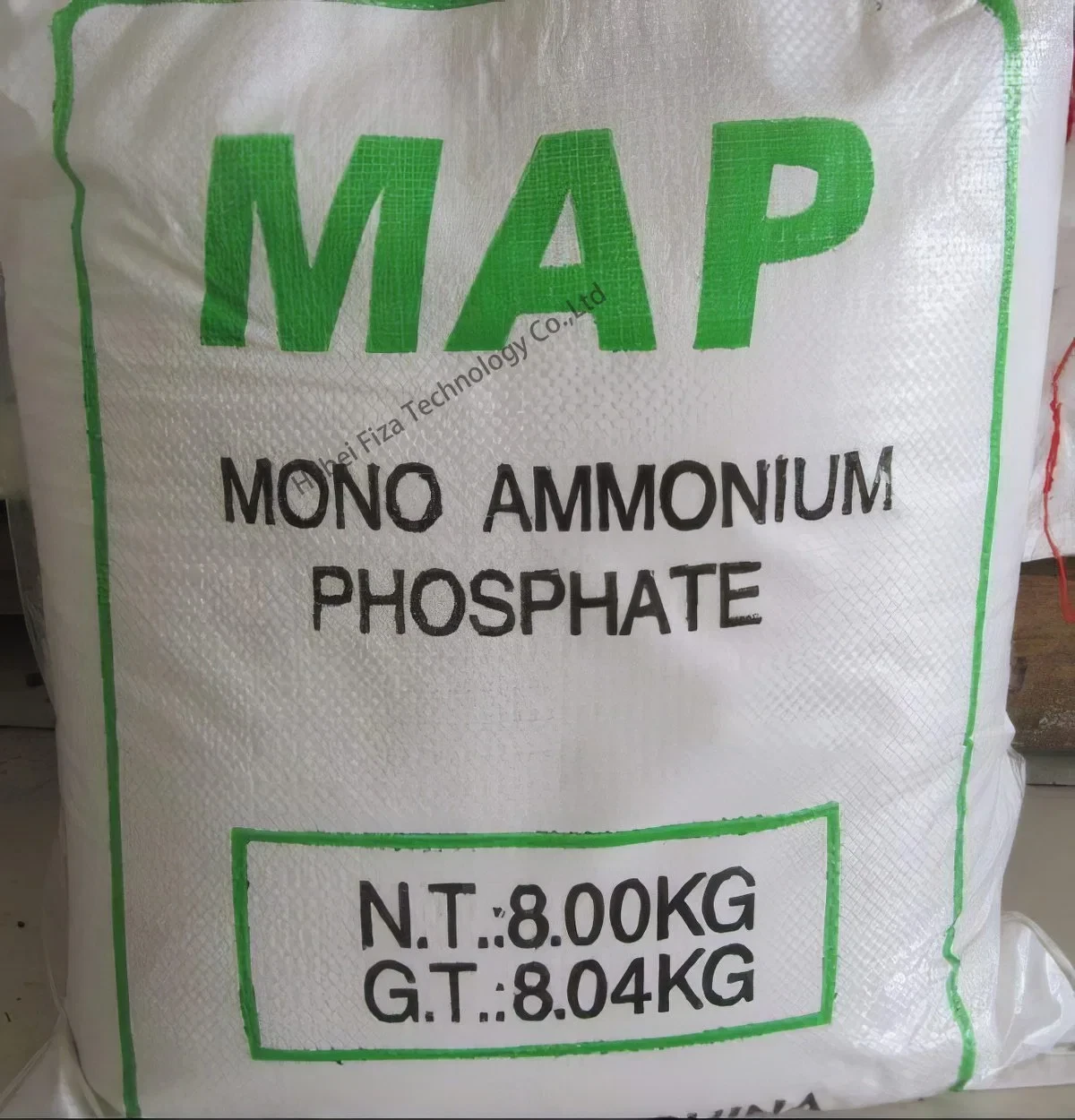



1n naoh 1m naoh
Understanding 1N and 1M NaOH Solutions A Comprehensive Overview
Sodium hydroxide (NaOH), commonly known as lye or caustic soda, is a versatile chemical with a wide range of applications in industries and laboratories. Two important concepts when dealing with NaOH solutions are normality (N) and molarity (M), which help quantify the concentration of the solution. This article will delve into the differences and implications of 1N NaOH and 1M NaOH, as well as their practical applications.
Definitions and Differences
Normality (N) is a measure of concentration equivalent to molarity (M) multiplied by the number of hydrogen ions (protons) that an acid can donate or that a base can accept. For NaOH, which is a strong base that fully dissociates in solution to yield one hydroxide ion (OH⁻) per molecule, the relationship is straightforward 1N NaOH is equivalent to 1M NaOH. Therefore, in this instance, both concentrations represent the same solution.
However, the importance of differentiating between normality and molarity becomes evident when dealing with acids or bases that can donate or accept multiple ions. For instance, sulfuric acid (H₂SO₄) is diprotic, meaning it can donate two protons. In such cases, 1M H₂SO₄ would correspond to 2N.
Preparation of 1N and 1M NaOH Solutions
To prepare a 1M NaOH solution, you would dissolve 40 grams of pure NaOH in enough distilled water to make a final volume of one liter. The calculation is based on the molar mass of NaOH, which is approximately 40 g/mol. Preparing a 1N NaOH solution follows the same process since, in this case, they are equivalent.
1n naoh 1m naoh

When handling NaOH, safety precautions are paramount. Sodium hydroxide is highly corrosive; it can cause severe burns upon contact with skin or eyes. Always wear appropriate personal protective equipment (PPE), including gloves, goggles, and lab coats, when preparing or using NaOH solutions.
Applications of 1N and 1M NaOH
Both 1N and 1M NaOH solutions find extensive use in various fields. In laboratory settings, they are routinely employed in titrations to determine the concentration of acidic solutions. The strong basic nature of NaOH allows it to effectively neutralize acids, making it a key reagent in analytical chemistry.
In industrial applications, NaOH is essential for the manufacture of paper, textiles, and detergents. It is also utilized in the food industry, particularly in the processing of certain foods. For example, it can be used to cure olives or as a pH adjuster in various food products.
Another notable application is in water treatment, where NaOH is used to raise the pH of water, thus precipitating heavy metals and helping to purify it. Its role in biodiesel production is also significant, where it serves as a catalyst in the transesterification process of triglycerides.
Conclusion
In summary, while 1N and 1M NaOH can be viewed as equivalent in terms of sodium hydroxide solutions, understanding their definitions and implications is crucial for proper application in both laboratory and industrial contexts. Awareness of safe handling practices and the diverse applications of NaOH further enhances its utility as a powerful reagent in chemical processes. Whether in analytical chemistry, industrial manufacturing, or water treatment, sodium hydroxide remains an essential component in the chemical toolkit, demonstrating versatility and effectiveness in various applications.
-
Why Sodium Persulfate Is Everywhere NowNewsJul.07,2025
-
Why Polyacrylamide Is in High DemandNewsJul.07,2025
-
Understanding Paint Chemicals and Their ApplicationsNewsJul.07,2025
-
Smart Use Of Mining ChemicalsNewsJul.07,2025
-
Practical Uses of Potassium MonopersulfateNewsJul.07,2025
-
Agrochemicals In Real FarmingNewsJul.07,2025
-
Sodium Chlorite Hot UsesNewsJul.01,2025










